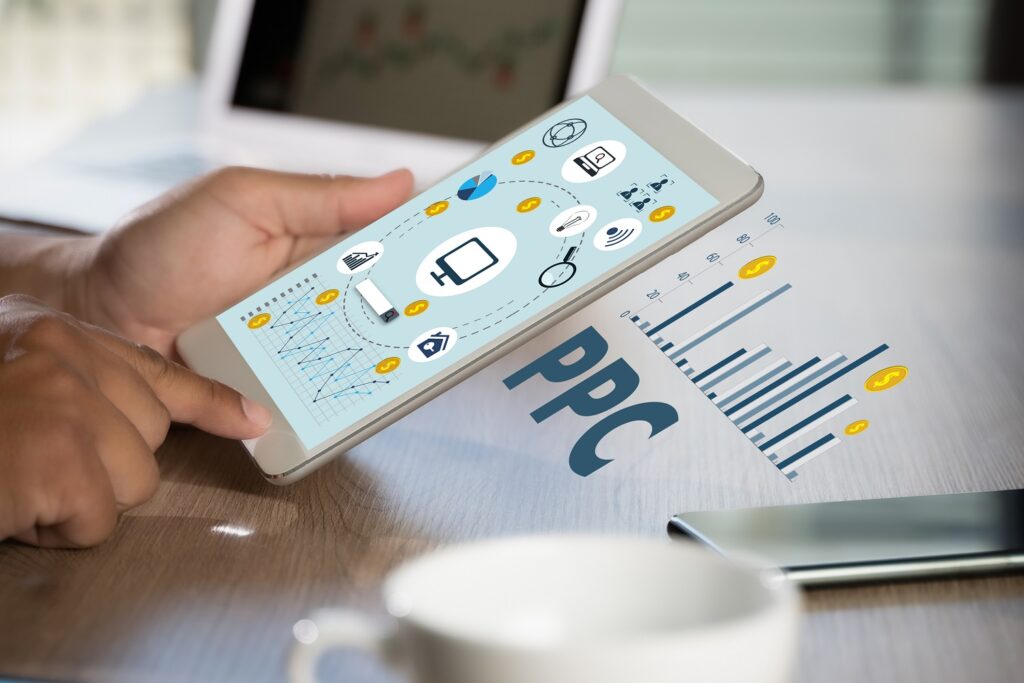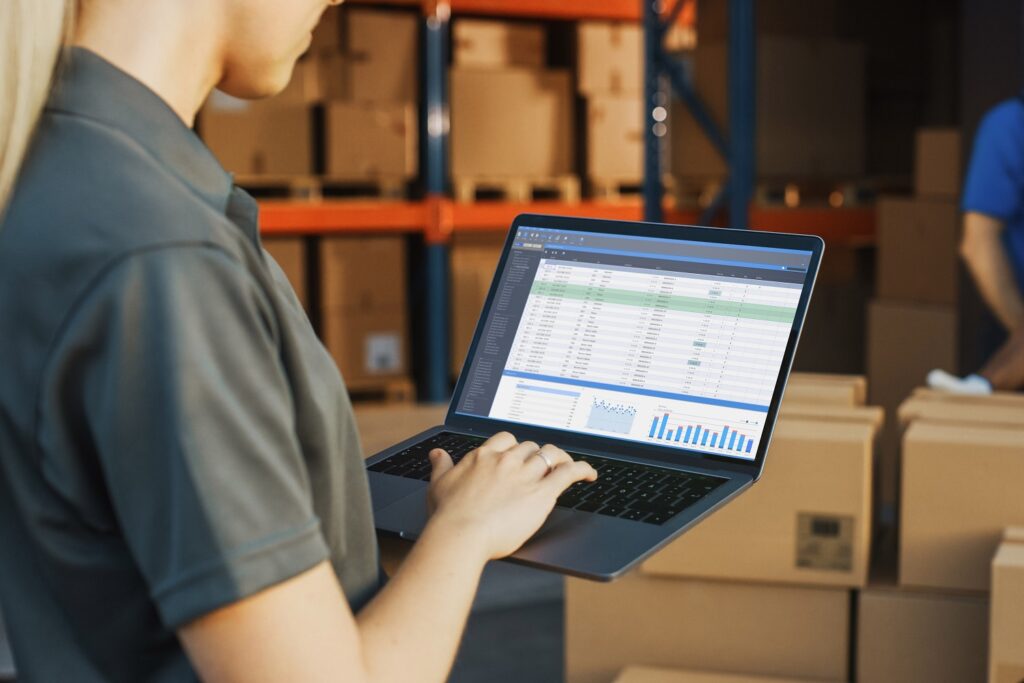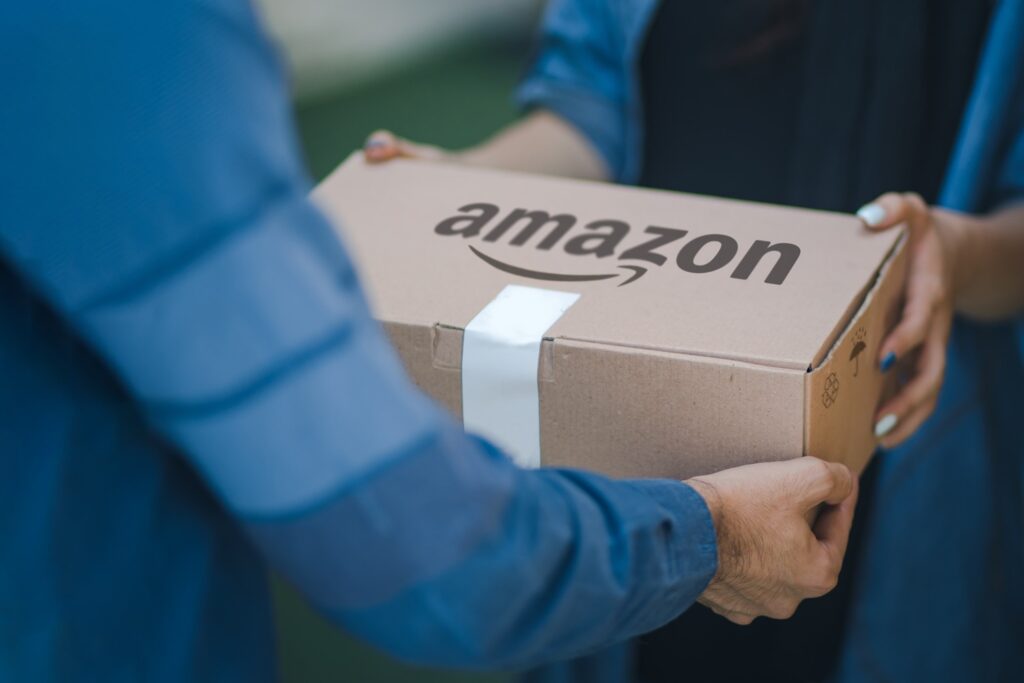Amazon UK Selling Fees: An Explanation For Sellers

There are big opportunities when you sell on Amazon, but if you don’t get the fees right, then your profits can disappear quite quickly. Amazon charges fees that vary based on the products you are selling and how they are fulfilled.
This guide breaks down the various Amazon UK selling fees you can expect, including referral and fulfilment fee types and their effects. We will also give you some ideas on how to prepare and control money outflow so that you can make more and lose less. Whether you’re a newbie or an experienced seller, this guide will help you navigate Amazon’s selling fee landscape.
How does Amazon’s fee structure work?
Amazon’s fee structure is designed to cover the various services it provides to sellers, ensuring smooth transactions and efficient fulfilment. These fees generally fall into three main categories: referral, fulfilment, and other additional costs.
Referral fees
These refer to the referral fees charged as a percentage of every sale that goes through Amazon. These fees can range from 8% to 15%, sometimes as high as 20%. This can apply to items like 7% for electronics, or if you sell clothing, there might be a higher fee of 15%, etc.
This fee is charged based on the total sale price (including any shipping or gift-wrapping charges). These percentages are really important for deciding the pricing of your product in a competitive market but still keeping some profit with you after all Amazon fees.
Fulfilment fees
Fulfilment fees are expenses that are assigned to your inventory, and this includes costs associated with storage, picking and packing, and shipping of the goods to customers. If you are a Fulfilment by Amazon (FBA) seller, these fees apply per unit and differ by size, weight, and product type. Although more costly for some goods, FBA can be much easier as Amazon takes care of all the logistics.
Conversely, Fulfilment by Merchant (FBM) delegates to the seller all aspects of shipping, which may save fees but sacrifice ease. This difference between FBA and FBM can have a substantial effect on overall costs and, ultimately, profitability.
Other fees
Apart from referral and fulfilment fees, Amazon sellers may have to bear various other costs that can largely affect their profit. There is a closing fee per item sold for media products (books, DVDs and video games). Also, it is important to keep in mind storage fees as an FBA seller because Amazon charges sellers to warehouse their products at increased rates during holidays.
It has also become standard practice for most vendors to pay advertising fees, as many of them advertise their products via Amazon’s proprietary paid search system, Pay Per Click (PPC), to increase visibility. Ensure you can manage these extra costs so they do not affect your profit.

Factors affecting Amazon UK selling fees
Several factors influence the fees sellers incur on Amazon UK, making it essential to understand how each can impact your costs. Here are the main ones:
- Product category: Product category plays a significant role, as different categories have varying referral fee percentages. For instance, high-margin categories like clothing may attract higher referral fees compared to electronics.
- Selling plan: Individual sellers pay a per-item fee, while Professional sellers pay a flat monthly fee, which can be more cost-effective if you sell in volume.
- Fulfilment method: Whether you choose Fulfilment by Amazon or Fulfilment by Merchant, it directly influences storage, packing, and shipping costs. Each of these factors must be carefully considered to optimise your overall profitability.

How to calculate Amazon UK selling fees
Calculating Amazon UK selling fees accurately is crucial for pricing your products and ensuring profitability. The process involves several steps:
- Identify the product category: The category of the product you are selling determines the referral fee percentage. Electronic selling products is 7%, clothing selling means you are in the range of around 15%.
- Determine fulfilment method: Choose between FBA and FBM. The per-unit fulfilment fees are taken into account, except if you are using FBA, which will be weighted differently based on the size and weight of the product. However, FBM sellers will be required to determine their own shipping costs.
- Include additional fees: Please note any additional fees you will need, such as storage charges (FBA), closing fees, particularly for media items, and advertising costs via PPC campaigns.
- Use Amazon’s fee calculator: Amazon offers a fee calculator tool that you can easily use to provide details about your product (e.g., sale price, category, fulfilment method, etc.). It generates an estimate of every single applicable fee so that you know what to expect in terms of costs.

Our key tips for managing Amazon selling fees
- Choose the right selling plan: Review your sales and determine which selling plan you are going to use (Individual or Professional). Due to the flat monthly fee, high-volume sellers find it more cost-effective to use a Professional over an Individual plan.
- Optimise fulfilment methods: FBA is fast and easy to fulfil and approaches a wide range of customers but can be more expensive. If you sell low-value or slow-moving stock, you need removal when returns guidelines relationship should undoubtedly hire FBM.
- Monitor and adjust prices: Continually evaluate your pricing strategy, ensuring that it includes all costs while staying competitive. When reviewing your options, keep in mind that you can use Amazon’s fee calculator to see how these changes will affect the profit margins on each unit.
- Utilise Amazon advertising wisely: Invest in targeted advertising to increase product visibility without blowing the budget. This helps you determine if your ads are making an impact (ROI is a key KPI).
- Manage inventory efficiently: If you are an FBA seller, it is important that you perform more regular reviews and optimisations of your levels to avoid long-term storage fees. Turnover slow-moving stock to save on warehousing costs.

Conclusion
Running an Amazon business can be hard, but it can offer some fantastic returns, especially when you know what fees to subtract. If you need some more help, Mercatus can provide assistance. We are experts on the Amazon platform, whether it’s marketing or fee structures, and can help guide you towards success. Contact us today to get started.


